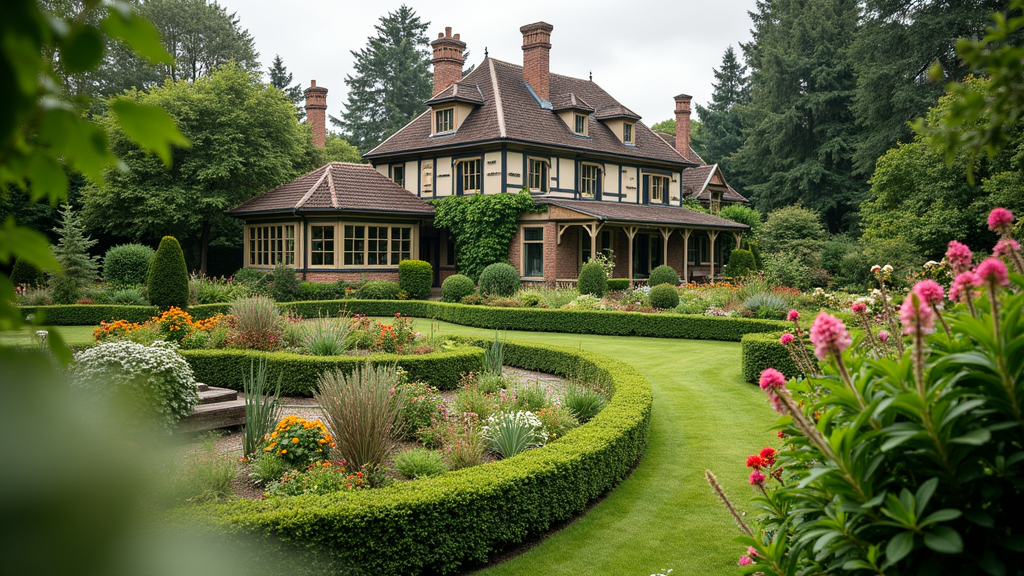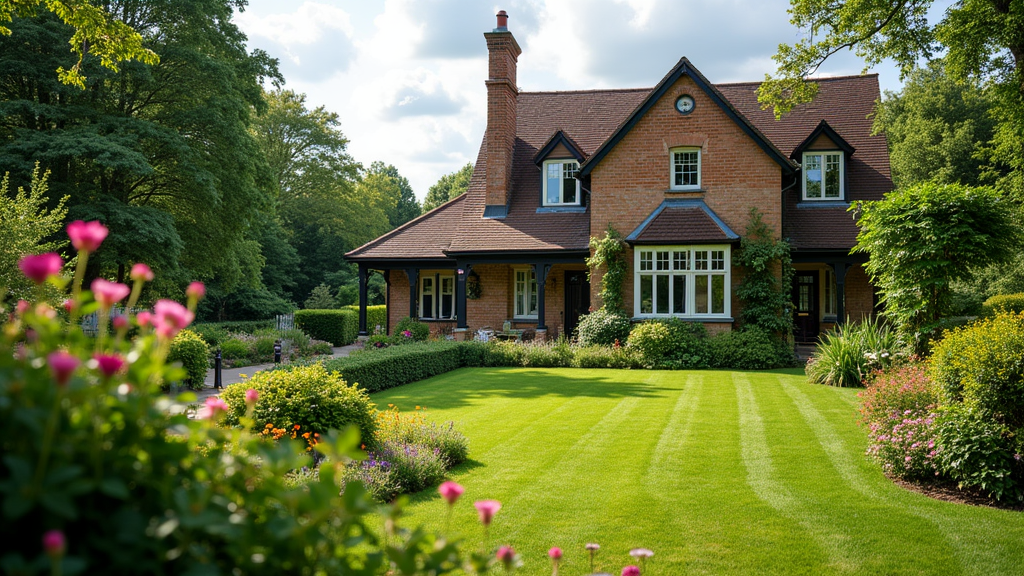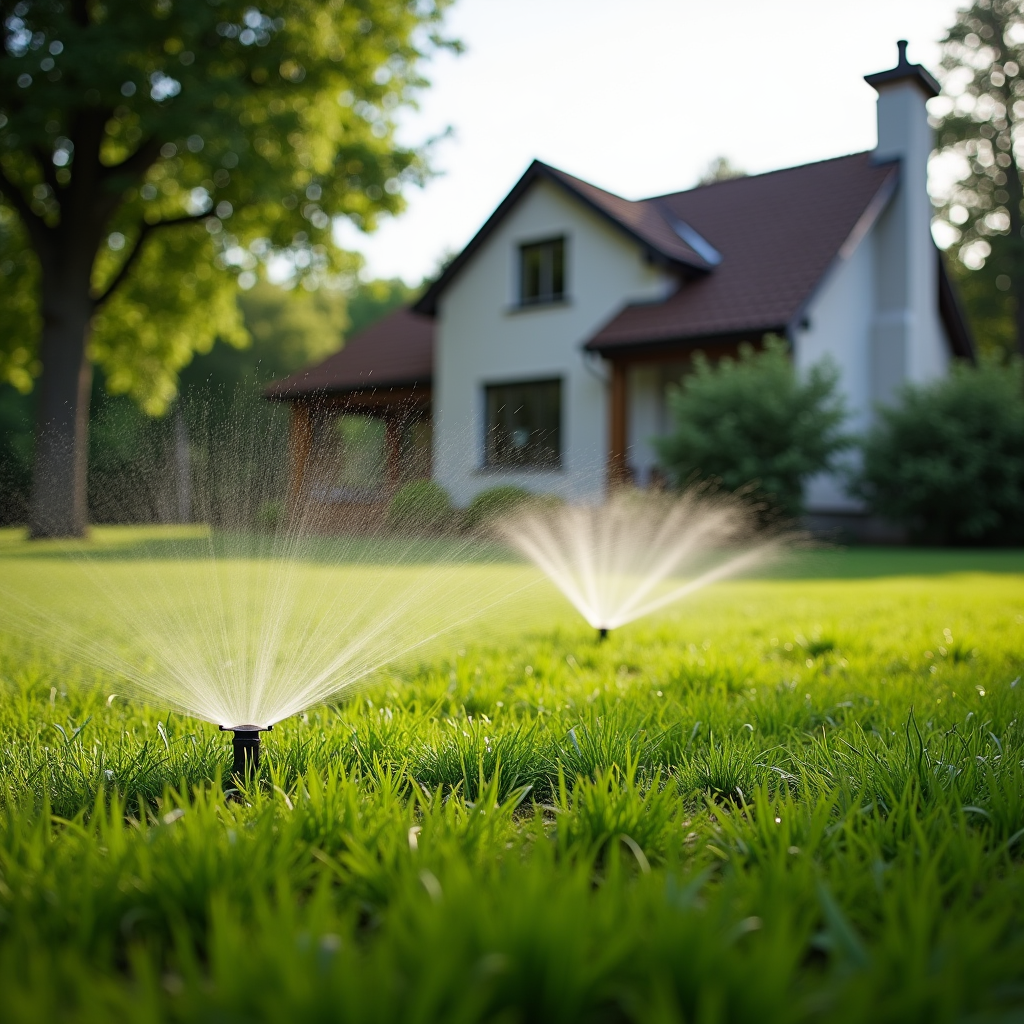Introduction
In the world of landscape design, creating functional and inviting pathways is not just about aesthetics; it’s about enhancing the overall experience of a space. Whether you’re wandering through a public park, strolling in your backyard, or exploring a garden, pathways serve as the veins that connect different areas and facilitate movement. They invite people to explore, relax, and enjoy their surroundings. In this comprehensive guide, we’ll delve into various aspects of landscape design with a focus on pathways, emphasizing how they can enhance functionality while adding beauty to any environment.


Building Pathways: Enhancing Functionality with Landscaping
Pathways are essential elements in landscape design that do more than just provide routes from point A to B. They embody the essence of connectivity within a space. Well-designed pathways can create flow, guide visitors through gardens or parks, and even highlight certain features of your outdoor area.
The Role of Pathways in Landscape Design
1. Functionality Over Aesthetics: Why Pathways Matter
When considering landscape design in North Carolina or elsewhere, one might wonder why pathways deserve such attention. The answer lies in their multifunctional nature:
- Guidance: They lead visitors through an area. Accessibility: Well-planned pathways ensure that everyone can navigate the space easily. Organization: They help organize various elements of your garden or yard.
Ultimately, pathways make landscapes usable and enjoyable.
2. Types of Pathways
There are several types of pathways one might consider when designing outdoor spaces:
- Natural Stone Paths: These provide a rustic feel and blend seamlessly with nature. Gravel Paths: Cost-effective and easy to install but may require maintenance. Concrete Walkways: Durable options that offer versatility in design.
Each type has unique benefits depending on the intended use and aesthetic goals.
Designing Functional Pathways
3. Consider Your Space
Before diving into pathway construction, assess the available space carefully. Is it large and sprawling? Or compact?
- For larger areas, winding paths often enhance visual interest. Smaller spaces may benefit from straight paths for efficiency.
4. Understand Traffic Flow
How will people move through your space? Consider potential foot traffic patterns:
- High traffic areas might require sturdier materials. Low traffic zones can utilize softer materials without concern.
Materials Matter: Choosing the Right Pathway Material
5. Natural Materials vs. Man-Made Options
Choosing between natural and man-made materials is essential for achieving desired aesthetics while ensuring functionality.
- Natural materials like wood or stone offer organic beauty but may require upkeep. Man-made options such as pavers or bricks provide durability but may lack character.
Landscaping Techniques to Enhance Pathway Functionality
6. Incorporating Edging for Structure
Edging not only defines pathway boundaries but also adds structure to your landscaping efforts. Popular choices include:
- Brick edging Metal strips Timber borders
These options help maintain neat lines while preventing grass from encroaching onto pathways.
Adding Visual Appeal to Pathways
7. Lighting Considerations for Safety and Ambiance
Proper lighting enhances pathway visibility at night while simultaneously creating an inviting atmosphere:
- Solar lights along edges can illuminate paths without needing wiring.
Consider incorporating low-voltage lighting systems for energy efficiency!
Pathway Maintenance Tips for Longevity
8. Regular Inspections Go a Long Way!
Regularly inspect your pathways to identify issues early on:
- Look for cracks in concrete or shifting stones.
Addressing these problems promptly prevents more extensive repairs down the line!
Landscaping Challenges and Solutions
9. Dealing with Drainage Issues
One common challenge in landscaping is managing water drainage around pathways effectively:
- Ensure proper grading slopes away from paths.
Installing drains or using permeable materials helps mitigate water pooling challenges.
Creative Ideas for Unique Pathway Designs
10. Incorporating Curves into Design Elements
Curved pathways add intrigue compared to straight lines:
- They invite exploration rather than simply providing direction!
Mixing curves with straight segments creates visual dynamics throughout your landscape.
Pathway Plants That Flourish Alongside Walks
11. Choosing Low-Maintenance Plants for Borders
Surrounding pathways with low-maintenance plants softens hard edges while enhancing visual appeal:
- Some excellent choices include: Lavender Sedum Creeping thyme
These ground covers thrive alongside walkways while requiring minimal care!
FAQ Section
Q1: What are some popular pathway materials?
A1: Common pathway materials include natural stones, gravel, bricks, concrete pavers, and mulch among others based on aesthetic preferences!
Q2: How do I prevent weeds from growing in my path?
A2: Using landscape fabric beneath gravel or mulch layers effectively minimizes weed growth over time—plus regular maintenance helps keep things tidy!
Q3: Can I install a pathway myself?
A3: Absolutely! Many homeowners opt for DIY installations depending on skill level; however hiring professionals ensures quality results especially if complex designs are involved!
Q4: What should I consider when lighting my pathway?
A4: Focus on safety first—ensure adequate illumination along edges so visitors can navigate easily after dark; choose energy-efficient fixtures too!
Q5: How do I maintain stone walkways?
A5: Regular cleaning coupled with occasional resealing maintains both appearance & functionality—inspect joints regularly & fill gaps as needed!

Q6: Are there eco-friendly options available?
A6: Yes! From permeable pavers allowing rainwater drainage to solar-powered lights reducing electricity usage—many sustainable choices exist today!
Conclusion
In summary, building beautiful yet functional pathways is an integral part of landscape design that requires careful consideration of space utilization, traffic http://felixadtz611.theglensecret.com/exploring-cultural-influences-on-modern-landscape-lighting-designs flow management & material selection among other factors discussed herein! By incorporating thoughtful aesthetics alongside practical elements like maintenance plans & drainage solutions—you’ll create enchanting outdoor spaces sure to inspire anyone who visits whether they’re relaxing at home enjoying nature’s gifts together—or wandering through community parks filled with charm! Explore these ideas further before embarking upon your own journey towards enhancing functionality through landscaping today—after all—it starts right underfoot!